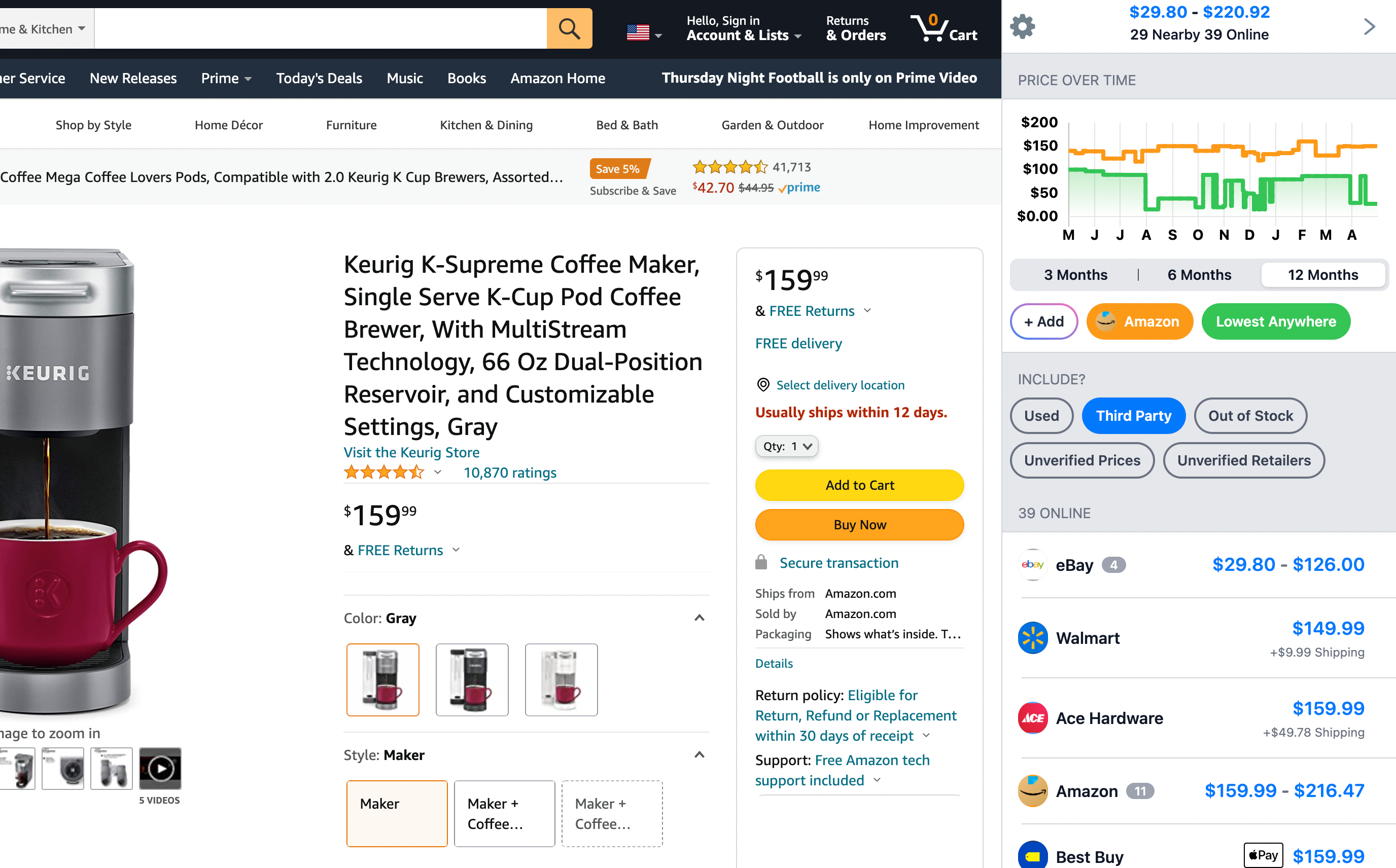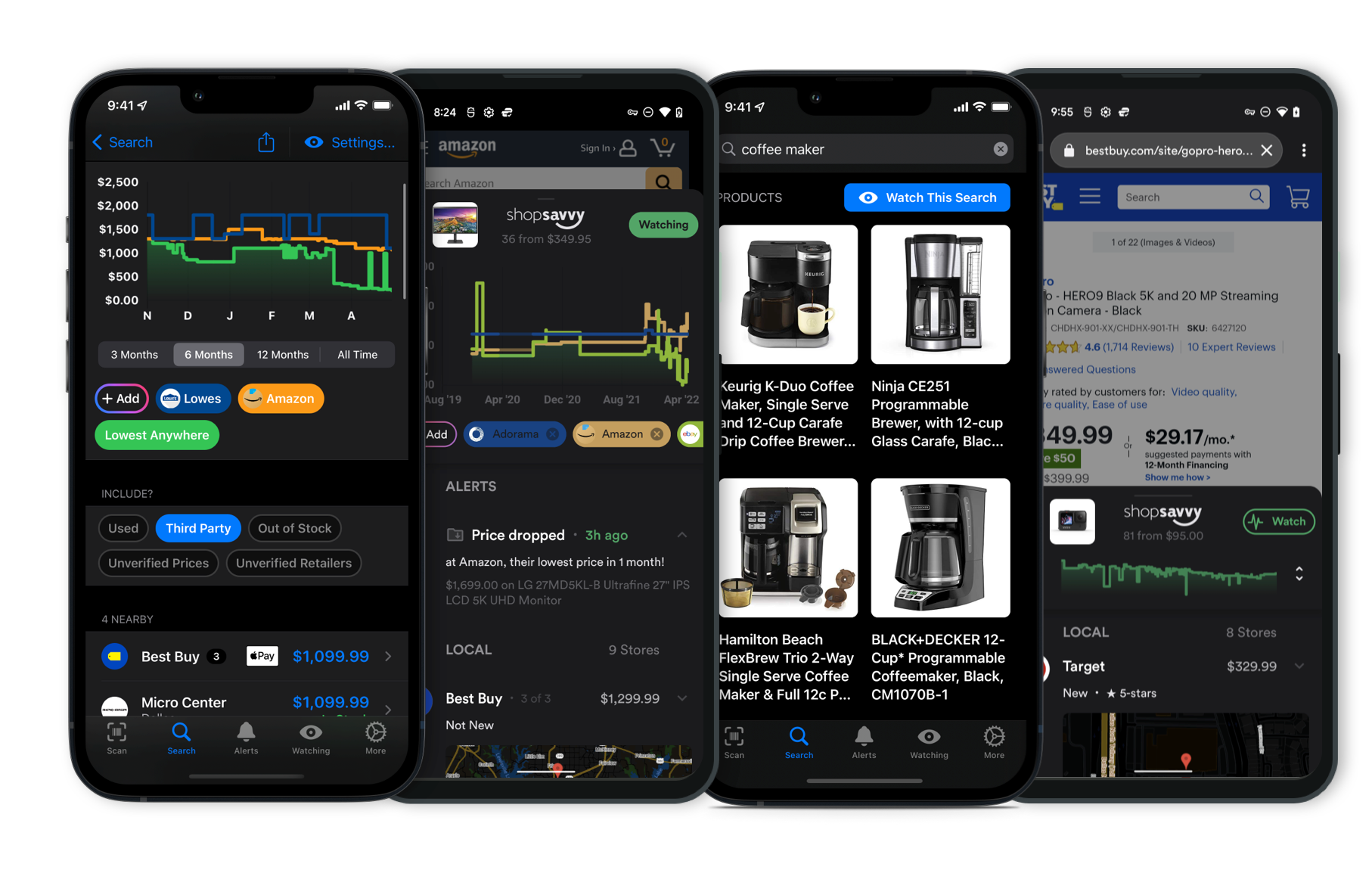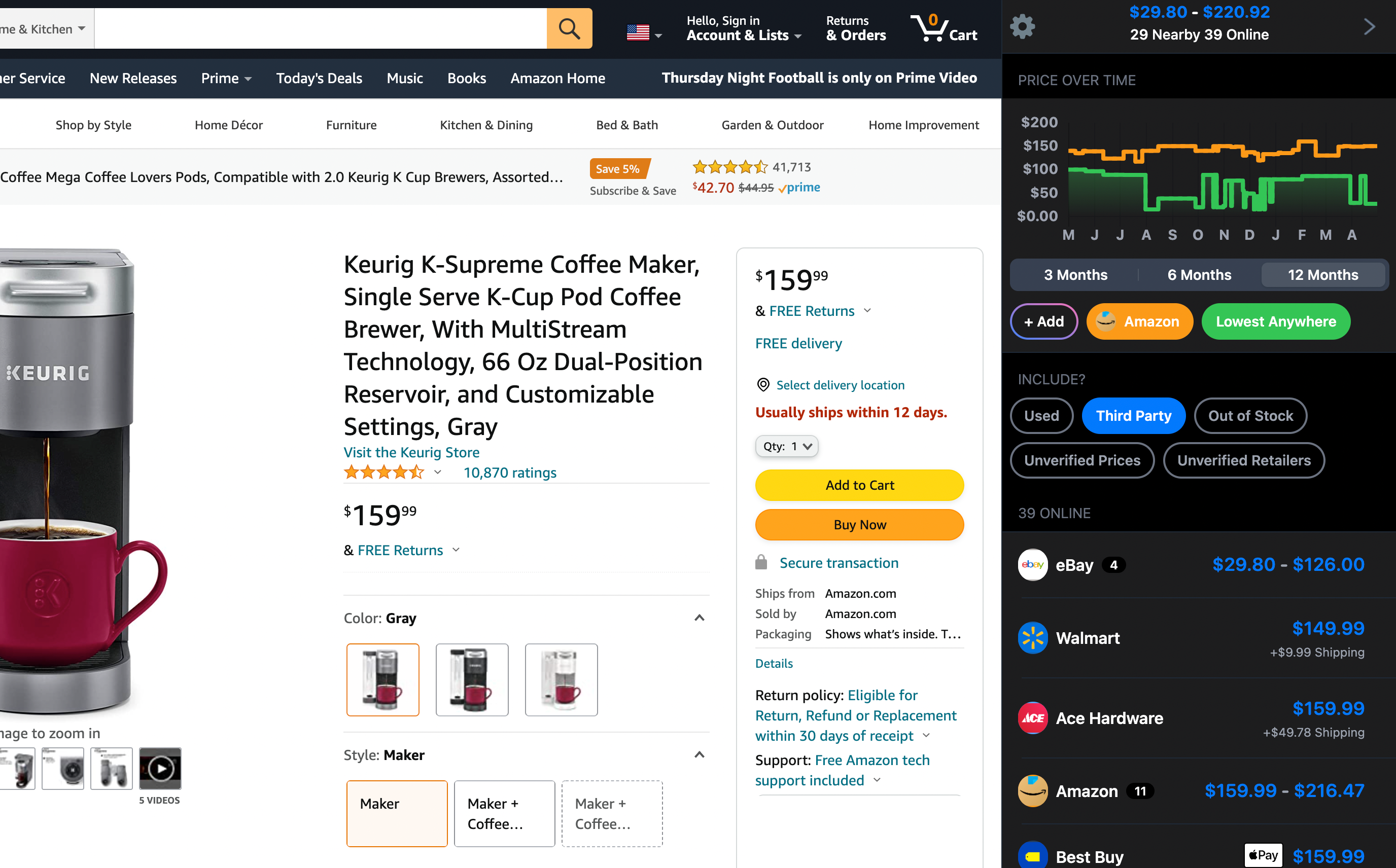
When it comes to the iSpring RCC7AK, keeping track of the filter replacement schedule is key for maintaining good water quality.
Typically, you'll want to change the pre-filters, like sediment and carbon filters, every 6 to 12 months. The post-carbon and alkaline filters usually should be swapped out once a year. The reverse osmosis membrane lasts a bit longer—often around 2 to 3 years—depending on your specific water quality and how much you're using the system.
According to our research, a lot of folks are really happy with how this system makes their water taste, comparing it to bottled water.
It seems like it's pretty effective at reducing TDS levels as well. People have reported dropping from around 380 ppm to roughly 25 ppm, which is a huge improvement. Just keep in mind that introducing healthy minerals during the remineralization stage might cause a slight uptick in TDS.
To get the best out of your system, stick to the filter replacement schedule and perform regular checks on your water post-filtration.
That way, you'll ensure everything is working smoothly and figure out when it's time to replace the filters. Some users mentioned their TDS readings were a bit off shortly after installation, likely due to needing an initial filter flush.
Following these tips should keep your iSpring RCC7AK running well and your water tasting great.
Where to Buy
Considering the iSpring RCC7AK Alkaline RO System?
Here's our "TLDR" Review
 Download ShopSavvy App
Download ShopSavvy AppCompare prices for anything in real-time, set price alerts, watch for deals by keyword, and much more
 Install ShopSavvy Browser Extension
Install ShopSavvy Browser ExtensionCompare and track prices automatically while you shop online at thousands of websites.
More Answers
If you're still curious about the iSpring RCC7AK Alkaline RO System, here are some other answers you might find interesting:
When it comes to the iSpring RCC7AK, keeping track of the filter replacement schedule is key for maintaining good water quality.
Typically, you'll want to change the pre-filters, like sediment and carbon filters, every 6 to 12 months. The post-carbon and alkaline filters usually should be swapped out once a year. The reverse osmosis membrane lasts a bit longer—often around 2 to 3 years—depending on your specific water quality and how much you're using the system.
According to our research, a lot of folks are really happy with how this system makes their water taste, comparing it to bottled water.
It seems like it's pretty effective at reducing TDS levels as well. People have reported dropping from around 380 ppm to roughly 25 ppm, which is a huge improvement. Just keep in mind that introducing healthy minerals during the remineralization stage might cause a slight uptick in TDS.
To get the best out of your system, stick to the filter replacement schedule and perform regular checks on your water post-filtration.
That way, you'll ensure everything is working smoothly and figure out when it's time to replace the filters. Some users mentioned their TDS readings were a bit off shortly after installation, likely due to needing an initial filter flush.
Following these tips should keep your iSpring RCC7AK running well and your water tasting great.
Hey! If you're curious about the iSpring RCC7AK's water flow rate, I've got some info for you. According to our data, it offers a flow rate of 75 gallons per day. That's usually plenty for a household, so you generally won't have to wait too long for filtered water.
It's also worth noting that the iSpring RCC7AK has some solid credentials. The manufacturer mentions that it's NSF certified, addressing over 1,000 contaminants like PFAS, lead, chlorine, and fluoride. Plus, it has an alkaline remineralization stage, which restores minerals and can enhance the taste of your water.
In terms of installation, people have found it pretty straightforward, and the customer service seems to be responsive, so you won't be left hanging if you need help.
Overall, with its decent flow rate and effective filtration, this system seems like a reliable choice for getting better-tasting and cleaner water at home.
The iSpring RCC7AK 6-Stage Reverse Osmosis System is pretty solid if you're looking to clean up your drinking water. It tackles impurities with a series of stages, making sure the water you get is both safe and tastes great.
How It Cleans Your Water
-
Sediment Filter: This first step takes care of the big stuff—think dirt, sand, and rust. It helps keep the rest of the system working smoothly.
-
Carbon Block Filters: The next couple of stages use carbon filters to get rid of things like chlorine and chloramines, along with other chemicals that can make your water taste or smell funky.
-
Reverse Osmosis Membrane: This is the powerhouse here, knocking out up to 99% of over 1,000 contaminants, including lead, arsenic, fluoride, and heavy metals.
-
Fine Carbon Filter: Even after all that, the fine carbon filter steps in to take care of any lingering taste or smell issues.
-
Alkaline Remineralization Filter: A neat feature of this system is the last stage, where it puts back healthy minerals that get taken out during the process. This makes your water not just pure, but also nicely balanced and fresh.
Setting It Up
The system works with standard cold water supply lines, but based on what we've found, there can be some hiccups. It seems a few folks had trouble with the plastic feed water adapters and ended up switching to metal ones, especially if their plumbing involves metal pipes.
So, it might be worth checking your own setup and grabbing any adapters you might need before you start.
Most people get through the installation without too much trouble, thanks to the instructions and videos from iSpring. But if you’ve got a unique plumbing situation or not a lot of room under the sink, you might want to get a plumber involved or reach out to iSpring support.
This can be particularly important if you're in the UK or Europe, with different pipe sizes and specs.
Overall, the iSpring RCC7AK is a reliable pick if you want cleaner, better-tasting water straight from the tap. Its six-stage filtration doesn't just clear out the bad stuff; it adds back minerals for a refreshingly crisp taste.
Explore Content
Footer 1
Published
Subscribe for Updates
Get the latest news, and updates on ShopSavvy. You'll be glad you did!








